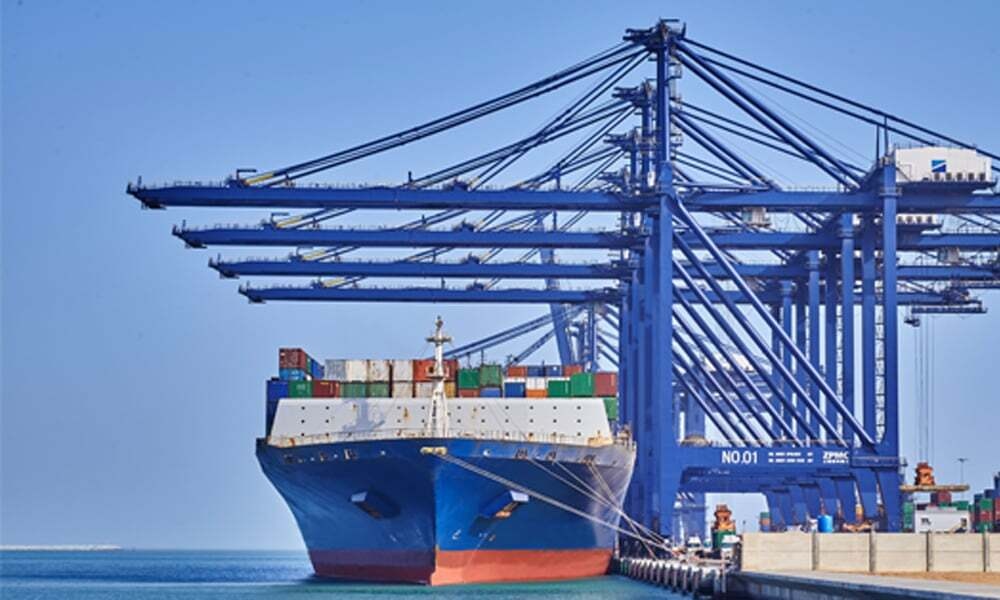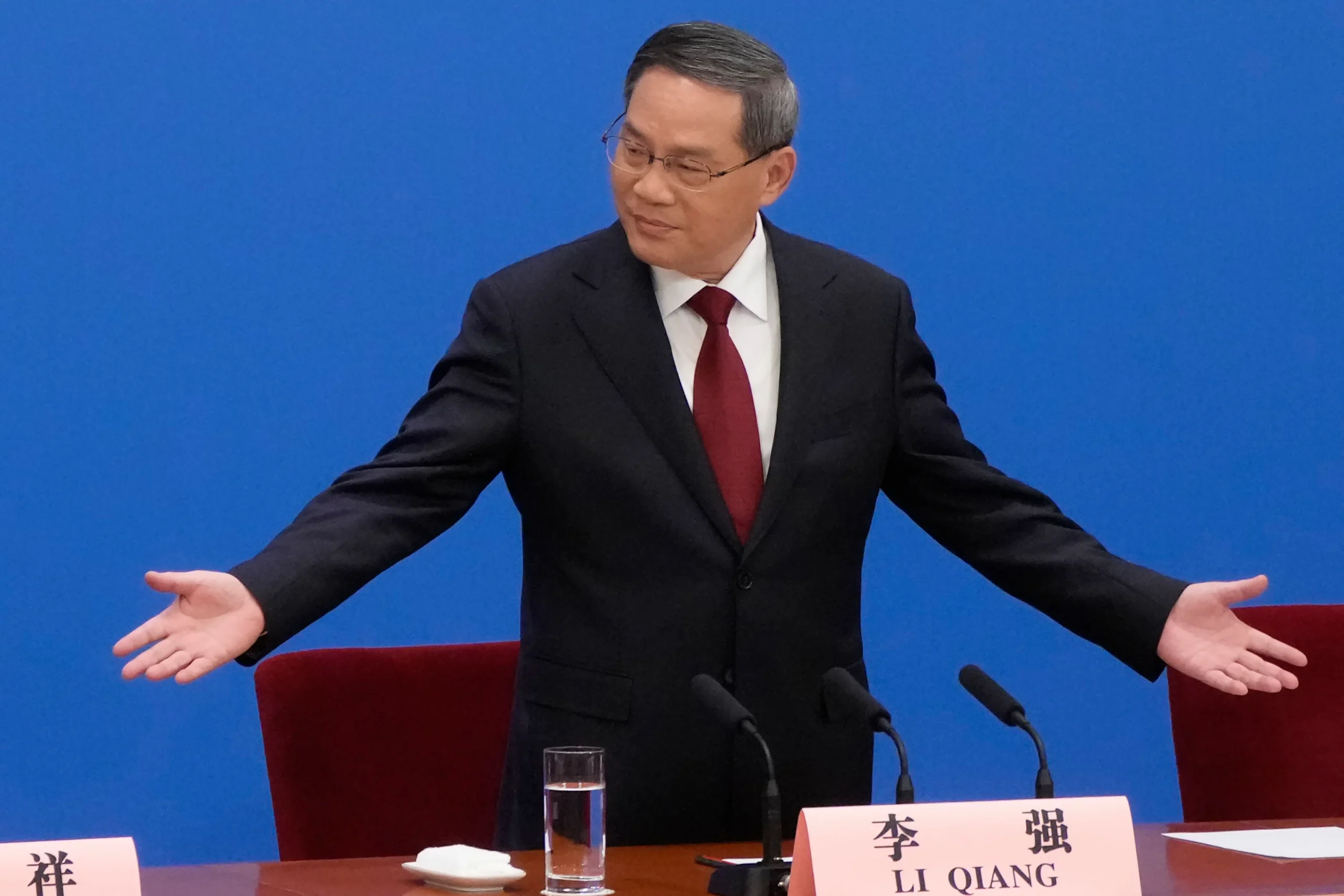The Reserve Bank of New Zealand (RBNZ) has issued a warning about the challenging economic conditions facing the country1. In its semi-annual Financial Stability Report, the RBNZ highlighted rising unemployment and delayed business investment plans due to financial hardships2. The report pointed out that weakness in domestic economic activity has become more pronounced, with subdued global growth and high interest rates reducing demand2. RBNZ Governor Adrian Orr expressed concern about the lag between interest rate cuts and their impact on the real economy2. He emphasized the need to avoid any surprises or shocks during this period2. Despite the economic struggles, the central bank noted that the financial system remains resilient, with banks well-positioned to support households and businesses2. The RBNZ also mentioned that while the economy contracted in the third quarter, it expects a gradual recovery as inflation eases and interest rates are adjusted2. However, the central bank anticipates a slight increase in non-performing loans, although they remain below levels seen in previous recessions2. For more details, you can read the full article on Reuters.
US S&P Global October Services PMI Final Report
The final report for the US S&P Global Services PMI in October has been released, showing a slight decrease from the preliminary figure1. The final Services PMI stands at 55.0, compared to the preliminary estimate of 55.31. This index measures the performance of the service sector, and a reading above 50 indicates expansion. Despite the slight decline, the Services PMI remains relatively strong, indicating continued growth in the service sector1. The composite index, which combines both services and manufacturing data, also saw a slight decrease to 54.1 from the preliminary figure of 54.31. This composite index provides a broader view of the overall economic activity. One notable aspect of the report is the cooling of output price inflation, which has reached its joint-lowest level in 4.5 years1. This suggests that price pressures in the service sector are easing, which could be a positive sign for consumers. Additionally, new export orders growth has slowed to a four-month low, indicating some challenges in the international market1. On a positive note, business confidence has rebounded to its highest level since June, suggesting that companies remain optimistic about future economic conditions1. However, employment in the service sector has fallen for the third consecutive month, albeit marginally1. For more details, you can read the full article on Forexlive.
U.S. Trade Deficit Hits 30-Month High Amid Import Surge
The U.S. trade deficit has widened to a 30-month high in September, driven by a significant surge in imports as businesses rushed to stock up before a planned strike at American ports1. The trade gap increased by 19.2% to reach $84.4 billion, up from $70.8 billion in August2. This rise in imports was primarily due to businesses importing consumer electronics and other goods ahead of the holiday shopping season2. Despite the strike being called off after just three days, the surge in imports had already impacted the economy2. The trade deficit shaved 0.6 percentage points off the U.S. GDP growth rate for the third quarter, which was recorded at 2.8% compared to 3.0% in the second quarter2. Imports rose by 3.0% to a record $352.3 billion, while exports fell by 1.2% to $267.9 billion2. Analysts believe that the trade deficit is likely to narrow in the coming months, but the current high levels indicate strong consumer spending power2. The trade gap with China also widened during this period, reflecting increased imports from China ahead of potential changes in trade policies3. For more details, you can read the full article on MarketWatch.
Premier Li Qiang Promises Broader Opening for Global Stability
Chinese Premier Li Qiang has pledged to further open China’s market to play a stabilizing role in the global economy. Speaking at the China International Import Expo (CIIE) in Shanghai, Li emphasized the importance of concerted efforts to overcome economic challenges and improve China’s economic outlook1. He highlighted China’s commitment to sharing opportunities with other countries and contributing to global economic growth1. Li’s address was part of a broader initiative to expand China’s free trade zones and explore investment agreements with other countries2. He also pledged to import more goods from trading partners, aiming to foster mutually beneficial economic trade1. The CIIE, which has been held annually since 2018, serves as a platform for China to showcase its strong ties with global trading partners1. In a keynote speech following Li’s address, Malaysian Prime Minister Anwar Ibrahim called for a departure from unfair trade practices and emphasized the potential of ASEAN to drive inclusive economic growth1. The expo has drawn exhibitors from over 150 countries and regions, including major multinational firms like Volkswagen Group and L’Oréal1. For more details, you can read the full article on the South China Morning Post.
Boeing CEO Issues Ultimatum to IAM Members
In a significant development, Boeing’s CEO has issued a stark ultimatum to the members of the International Association of Machinists and Aerospace Workers (IAM). The ultimatum comes amid ongoing negotiations between Boeing and the union, primarily focused on securing a new contract for the workers. The CEO’s message highlights the critical nature of the negotiations and the potential consequences for both parties involved. For more details, you can read the full article on Airways Magazine.
Oil Markets Experience Volatility Amid Geopolitical Tensions
Summary: Oil markets have been highly volatile recently, with prices fluctuating due to geopolitical tensions, particularly between Israel and Iran, and concerns over global demand. Expanded Version: Background: The past week has been particularly tumultuous for oil markets, with prices experiencing significant fluctuations. The volatility has been driven by a combination of geopolitical tensions and concerns over global demand. Geopolitical Tensions: Recent reports of an Iranian retaliation to Israel’s latest strike have pushed oil prices higher1. The markets are now anticipating an Iranian attack on Israel using drones from Iraqi territory, which has reintroduced a geopolitical risk premium1. This has caused Brent crude futures to rise to around $74-75 per barrel1. Demand Concerns: Despite the rise in prices due to geopolitical risks, concerns over global demand are capping any significant gains1. The Organization of the Petroleum Exporting Countries and its allies (OPEC+) have admitted the possibility of rolling over its production cuts into 2025, citing concerns about soft oil demand, particularly from China1. Market Reactions: The UK government’s decision to increase its windfall tax on oil and gas production in the North Sea from 35% to 38% has also impacted market sentiment1. Additionally, new sanctions imposed by the US on Russia’s Arctic LNG 2 project have added to the market’s uncertainty1. Future Outlook: The long-term outlook for oil markets remains uncertain, with traders closely watching developments in the Middle East and OPEC+ decisions on production levels1. The upcoming US presidential election and the Federal Reserve’s policy meeting are also expected to influence market dynamics1. Source: For more detailed information, you can read the full article here.
Labour’s Budget Causes Bond Market Turbulence
Summary: The recent budget announcement by the Labour government has led to significant turbulence in the UK bond market, with yields rising sharply due to increased borrowing and tax hikes. Expanded Version: Background: The Labour government’s recent budget announcement has caused a stir in the UK bond market. The budget includes substantial tax hikes and increased borrowing, aimed at funding various public spending initiatives. This has led to a sharp rise in yields on government bonds, known as gilts, causing concern among investors. Market Reaction: The yield on 10-year gilts has surged to levels not seen since the 2022 “mini-budget” crisis, reflecting investor apprehension about the fiscal policies. The increase in borrowing costs has also put pressure on the pound, which has depreciated against the US dollar. Economic Impact: Economists are divided on the long-term impact of the budget. While some believe the increased spending could stimulate economic growth, others are concerned about the potential for higher inflation and the sustainability of the debt levels. The Bank of England may need to reconsider its monetary policy stance in response to these developments. Expert Opinions: Financial analysts have highlighted the need for careful monitoring of the bond market and the broader economic implications of the budget. Some experts argue that the government’s fiscal policies could lead to higher interest rates and slower economic growth if not managed carefully. Future Outlook: The long-term effects of the budget will depend on how effectively the government can balance its spending plans with market expectations. Continued fiscal responsibility and clear communication with investors will be crucial to maintaining economic stability. Source: For more detailed information, you can read the full article here.
Fed Rate Cuts Boost Southeast Asia
Summary: The U.S. Federal Reserve’s recent interest rate cuts are expected to benefit Southeast Asian economies by attracting investment and boosting growth. Expanded Version: Background: The Federal Reserve’s decision to cut interest rates is seen as a positive move for emerging markets, including those in Southeast Asia. Historically, higher U.S. interest rates have led to capital outflows from these markets as investors seek better returns. Conversely, rate cuts can encourage investment flows back into these economies. Impact on Southeast Asia: Economists and financial analysts predict that the rate cuts will help Southeast Asian economies return to a growth trajectory of 6-7% in real GDP. Countries like Indonesia and Thailand are expected to benefit significantly, with increased portfolio inflows and a potential rally in commodity prices. Sectoral Benefits: The banking sector in countries like Indonesia is expected to see increased portfolio flows, which could boost stock valuations. Additionally, higher commodity prices could benefit countries with strong commodity sectors, further supporting economic growth. Expert Opinions: Saurabh Agarwal, head of Southeast Asia private equity at Warburg Pincus, expressed confidence in the positive impact of the rate cuts. David Sumual, chief economist of Bank Central Asia, highlighted the potential benefits for Indonesia through both short-term and long-term Fed policies. Global Implications: The rate cuts are also expected to have a broader impact on global markets. As the U.S. dollar weakens, global commodities tend to rise in price, benefiting emerging markets. Central banks in Southeast Asia are adjusting their policies to navigate the changing economic landscape. Future Outlook: The long-term effects of the rate cuts will depend on how effectively Southeast Asian economies can leverage the increased investment and manage potential risks. Continued policy support and economic reforms will be crucial for sustaining growth. Source: CNBC Article
Russian Shopping Centers Face Bankruptcy Risk
Summary: Over 200 Russian shopping centers are reportedly at risk of bankruptcy following a recent hike in the Central Bank’s key interest rate, which has increased debt burdens for many mall owners. Expanded Version: Background: The Russian Central Bank recently raised its key interest rate to a record high, aiming to control inflation and stabilize the economy. However, this move has had unintended consequences for the retail sector, particularly shopping centers. Impact on Shopping Centers: More than 200 shopping centers across Russia are now facing significant financial challenges due to rising debt burdens1. Many of these malls have loans with floating interest rates, which have become more expensive with the rate hike1. As a result, mall owners are struggling to meet their debt obligations, putting them at risk of bankruptcy1. Industry Response: The Union of Shopping Centers (STTs) has reached out to the Economic Minister, requesting preferential loan treatment to help alleviate the financial strain on mall owners1. Industry experts predict that at least 200 shopping centers could face bankruptcy in 2025 if the situation does not improve1. Economic Implications: The potential bankruptcy of over 200 shopping centers could have broader implications for the Russian economy. It could lead to job losses, reduced consumer spending, and a decline in investor confidence. The situation highlights the delicate balance policymakers must strike between controlling inflation and supporting economic growth. Expert Opinions: Marina Malakhatko, a senior director at the consulting firm CORE.XP, has expressed concern about the sustainability of the current economic policies1. She believes that without additional support, many shopping centers will be forced to sell their assets or shut down entirely1. Future Outlook: The long-term impact of the Central Bank’s rate hike on the retail sector remains uncertain. Mall owners and industry stakeholders are calling for more supportive measures to prevent widespread bankruptcies and ensure the stability of the retail market. Source: Meduza Article
UK Borrowing Costs Surge Amid Labour’s Budget Moves
Summary: UK borrowing costs have surged following the Labour government’s recent budget announcement, which included significant tax hikes and increased borrowing1. Despite initial market concerns, economists believe this situation differs from the 2022 “mini-budget” crisis2. Expanded Version: Background: The UK’s borrowing costs have seen a sharp increase after the Labour government unveiled a comprehensive budget featuring substantial tax hikes and increased borrowing1. This move has raised concerns among investors, reminiscent of the 2022 “mini-budget” crisis when bond yields soared rapidly, threatening to destabilize pension funds2. Current Situation: The 10-year gilt yield, representing medium-term borrowing costs, has risen to over 4.4%, while the 2-year gilt yield has climbed to 4.414%2. These increases reflect investor apprehension about the fiscal policies and their potential impact on inflation and economic stability2. Economic Impact: Economists have noted that while the surge in borrowing costs is significant, it is not as severe as the 2022 crisis2. The Labour government’s budget includes around £40 billion in tax hikes and a substantial increase in short-term borrowing, aimed at balancing day-to-day spending while investing in public services and infrastructure2. Expert Opinions: Financial analysts have mixed views on the situation2. Some believe the fiscal expansion could lead to slightly higher inflation and a slower pace of interest rate cuts by the Bank of England2. Others argue that the Bank of England will maintain its current monetary policy stance given the cooling inflation rates2. Future Outlook: The long-term impact of these budget measures remains uncertain2. While the immediate response from the markets has been cautious, the overall economic outlook will depend on how effectively the government manages its fiscal policies and addresses investor concerns. Source: For more detailed information, you can read the full article here.









